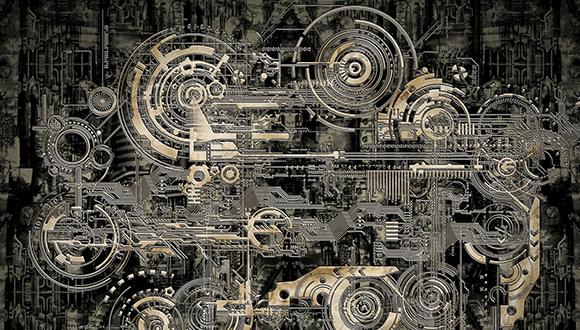School of Mechanical Engineering: Yarden Amsalem 12.11.19
~~
SCHOOL OF MECHANICAL ENGINEERING SEMINAR
Tuesday, November 12, 2019 at 13:00
Wolfson Building of Mechanical Engineering, Room 206
Cubic Equations of State and nucleation inception in boiling due to rapid heating
Yarden Amsalem
MSc student of Dr. Tali Bar-Kohany and Prof. Slava Krylov
This study deals with the onset of isobaric boiling for a superheated liquid due to moderate to high heating rates (1.e5.. 1.e9 K/s).
In real liquids, namely liquids that are not specially treated for the removal of possible nucleation sites (such as dissolved gasses, suspended particles etc.), a high level of superheating may be obtained using high heating rates such that the liquid’s nucleation temperature is substantially higher than its saturation temperature; it can reach up to the thermodynamic stability threshold (spinodal).
Prediction of superheat levels and nucleation temperatures under these conditions as a function of temperature change rate has not been possible with analytic tools available today. Despite the fact that the equilibrium boiling temperature (saturation temperature) and the thermodynamic threshold temperature are known for every liquid (although the certainty of the later is less than that of the former) there still lies a difficulty in predicting a liquid’s onset of nucleate boiling (ONB) point within the metastable region.
In the course of this study, 167 data points from relevant (rapid, isobaric) experiments were collected. The experiments were carried out under a pressure of one atmosphere using different liquids: polar (i.e. water, methanol and ethanol) and nonpolar (i.e. heptane and toluene).
A thermodynamic analysis was carried out by using classical thermodynamic potentials while adapting them for use in kinetic processes (quasi-steady). The analysis allowed for the development of a simple correlation which predicts the onset of nucleation boiling conditions for different liquids as a function of their temperature change rate or of the solid interface which heats them. The correlation’s only required inputs are the saturation temperature and the homogenous boiling temperature, both of which are well known quantities.
Owing to its simple mathematical nature, the correlation can be easily applied as a sub-model to any of the existing CFD codes.


